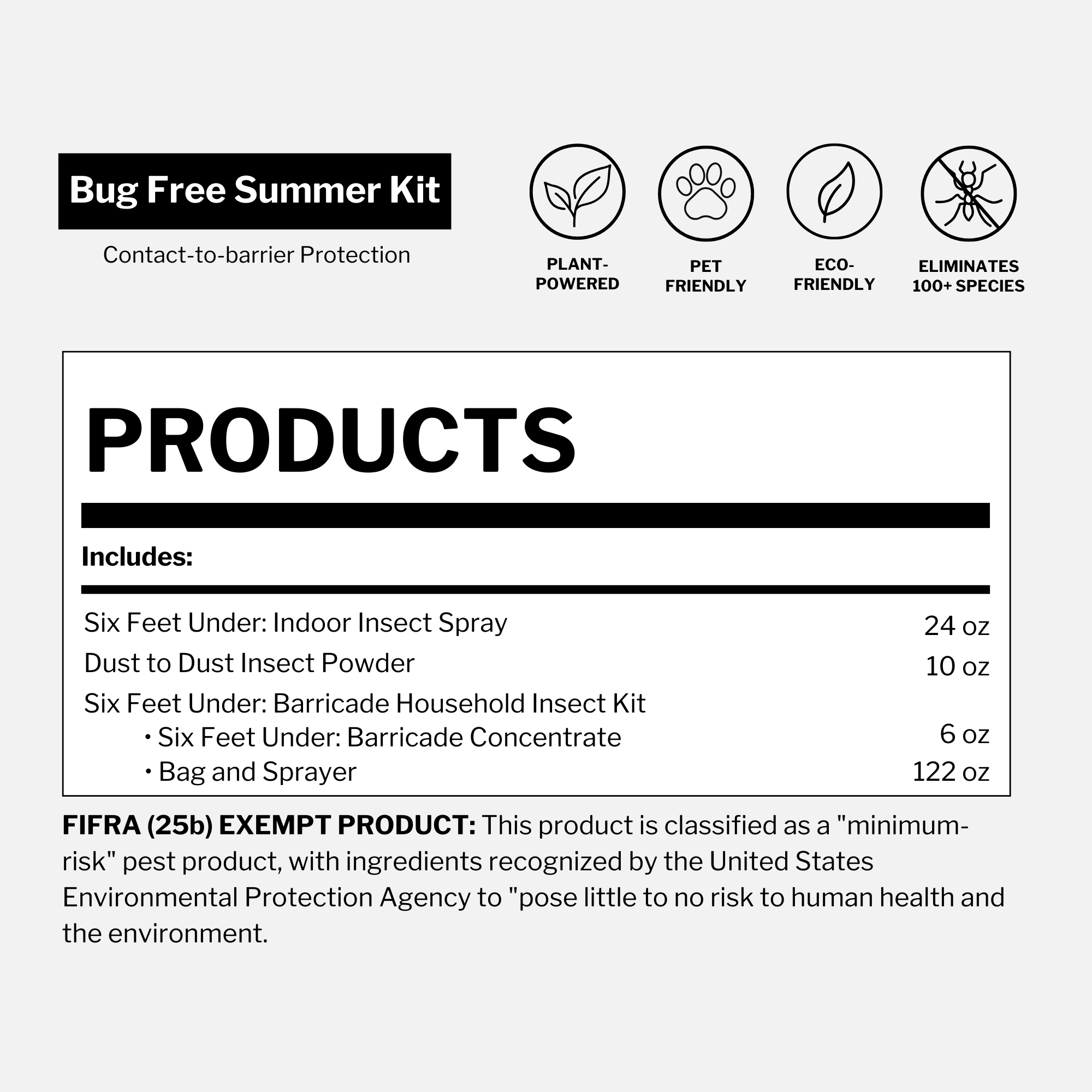Welcome to the verdant world of botanical mastery, where the secret to thriving plant life lies hidden in the humblest of elements. I'm Dr. Killigan, and today, we're going to unearth the remarkable story of silica – a powerhouse in the plant kingdom that's often underappreciated. This journey isn’t just about tending to your green companions; it’s a deeper dive into understanding how a simple, natural component can dramatically shift the paradigm of plant care.
As we peel back the layers of what makes plants flourish, we’ll discover how silica, far more than just a structural component, is a natural shield, a guardian against environmental threats, and a facilitator of optimal plant health. Join me as we explore how leveraging this elemental force can transform your gardening approach, making it not just effective, but also harmonious with nature’s intricate design. This is not just horticulture, my friends; it's an invitation to join hands with nature in a dance of growth and resilience.
Nature's powerhouse: The remarkable story of silica in plants

Silica, often overlooked as a simple element, reveals itself as a powerful ally within the plant kingdom. Beyond its structural contributions, it acts as a natural shield against a multitude of environmental threats. Studies like Van Hoest's (2006) showcase its impressive concentrated presence in crucial plant parts, hinting at its significant role in strengthening these vital structures. Furthermore, research by Liang et al. (2007) demonstrates its remarkable ability to bolster plant resilience against diverse stresses, including metal toxicity, salinity, drought and temperature extremes. This opens exciting possibilities for sustainable agricultural practices, potentially allowing us to reduce dependence on environmentally harmful chemicals and embrace the full potential of nature's remarkable tool.
Silica: Nature's secret weapon for thriving plant life
Silica, an unassuming element present in the ground and even airborne dust, holds the potential to transform your botanical companions into robust, flourishing wonders.
Silica is like the silent architect of plant resilience. This naturally occurring element strengthens cell walls, crafting an impregnable fortress against pests and fungal spores. Imagine your delicate seedlings, shielded by a silica-infused armor, standing tall against aphids and spider mites, radiating health and verdant vigor. No longer will these silent invaders pose a threat, thanks to this naturally derived defense system.
Photosynthesis powerhouse: Unleashing plant potential
Silica isn't merely a passive defense mechanism; it actively enhances photosynthesis. By strengthening plant tissues, it optimizes the capture and conversion of sunlight into energy. This translates to demonstrably faster growth, richer foliage, and vibrant blooms – think peak plant performance driven by an internal engine fueled by sunlight. Forget struggling greenery; with silica, your plants optimize photosynthesis, thriving under the natural power of light.
Water wise champions: Efficiency at every drop
Drought resistance isn't a dream with silica. It strengthens cell walls, creating microscopic water channels that deliver moisture directly to every thirsty cell. This remarkable efficiency allows your plants to thrive on less water, painting a picture of verdant resilience even in dry spells.
A sustainable choice for flourishing homes

Unlike harsh chemicals, silica is a natural gift from the earth, entirely non-toxic and safe for you, your family and your furry friends. By choosing silica, you're not just nurturing your plants, you're creating a healthy and sustainable ecosystem for everyone to enjoy.
Beyond enriching your home with vibrant greenery, choosing silica aligns with responsible environmental practices. It reduces reliance on chemical fertilizers and pesticides, promoting a healthier ecosystem for your plants and the creatures that rely on them. Additionally, by optimizing water usage, silica helps conserve this precious resource, making it a sustainable choice for your garden.
Unlocking the green potential: Embrace Dust to Dust
Dust to Dust Non-Toxic Insect Powder, a natural and potent solution, harnesses the power of silica to unlock the full potential of your plants. Do away with the chemical complexities and embrace this simple yet transformative powder. Witness your botanical kingdom flourish, its vibrant hues and robust growth a testament to the remarkable power of this natural ally. Go forth, fellow plant enthusiasts, and empower your green companions with this potent ally. Remember, a thriving home is a mindful home, and with silica as your silent partner, your indoor jungle will be an oasis of verdant beauty, a testament to the magic whispered by the very earth itself.
Using Dust to Dust for optimal plant health: A step-by-step guide
Ready to unlock the secret weapon in your plant care arsenal? Dust to Dust, a natural powerhouse rich in silica, is here to help your green companions reach their full potential. But before you unleash its power, let's take a moment to prepare, ensuring you and your plants get the most out of this amazing resource.
Before you start:
Test your soil: Determine the existing silica content in your soil before applying Dust to Dust. This will help you avoid overapplication and tailor the frequency of use to your plants' specific needs. Soil testing kits are readily available at most garden centers.
Choose your application method: Dust to Dust can be applied dry or as a wettable solution. Consider the size of your plants, the convenience of application, and your personal preference when making this decision.
Application methods:
Dry application:
- Top-dressing: Apply Dust to Dust directly to the topsoil surrounding your plants. Use the provided puffs to measure:
- For small plants or pots up to 6 inches: Use 1 puff.
- For larger plants or pots between 6 to 12 inches: Use 2-3 puffs, distributed evenly.
- For garden beds or large containers: Apply 4-5 puffs per square yard.
- You can use the Insect Buster Bulb Duster tool for precise and even distribution around the plant base.
- Water the plants after application to help move the silica down into the root zone.
Wettable application:
- Mix 1 part Dust to Dust with 8 parts water to create a diluted solution.
- You can use this solution for:
- Watering your plants: Pour the solution directly onto the soil around the base of the plant.
- Foliar spray: Mist the leaves and stems of the plant with the solution.
Frequency of use:

Regular maintenance: As a general guideline, apply Dust to Dust once at the beginning of the plant's growth cycle and then periodically, every month or as needed, to maintain optimal silica levels.
Seasonal adjustments: During the dormant season, reduce applications to once every 1-2 months.
Monitor your plants: Observe your plants' response to the application and adjust the frequency based on their needs. Overapplication can lead to waste or unwanted buildup in the soil.
Additional tips:
- Dust to Dust can be safely applied to both indoor and outdoor plants.
- It is compatible with most other fertilizers and pesticides.
- If you have any concerns about using Dust to Dust on your specific plants, consult with a gardening expert.
Remember: Dust to Dust is a natural product that works best when used as part of a holistic plant care routine. Consistent application, along with proper watering, sunlight and nutrient management, will help your plants thrive.





















